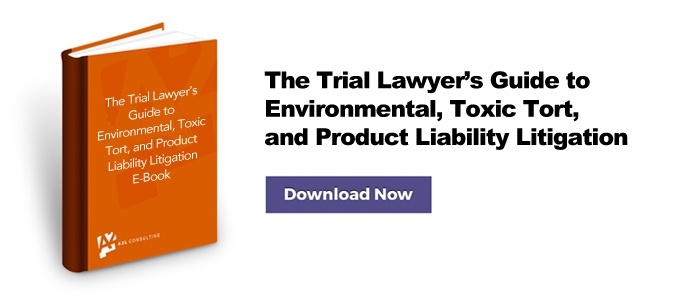Part 1 of 2 (go to part 2)
In the 1990's the DOJ/EPA initiated litigation against a large number of coal-fired power plants based on the New Source Review (NSR) process under the Clean Air Act. Among other things, the NSR process requires operators of coal-fired power plants to seek EPA review and approval to make modifications to their plant that would increase emissions. Exceptions exist for routine maintenance at the plant and any emission increase must also be significant. Unfortunately, Congress neglected to define routine and significant.
Animators at Law has been called upon to create legal animations and other information design focused trial graphics in a number of these cases. These cases typically have billions of dollars at stake, and the more EPA-friendly the current presidential administration, the more cases get filed.
In this two-part post, I want to share portions of a 13-minute animation created for use in opening in one of these NSR bench trials. We worked on behalf of the power plant operator in this matter, and we faced a Government trial team who came armed with their own legal animation.
Throughout the history of NSR cases, the Government has taken the position that any big change at the plant requires EPA approval. This includes large parts that are changed routinely. It turns out, however, that most parts in a plant this size are large, and the government argues that by maintaining the plant, one is extending its operating life thus increasing emissions.
The Government opened its case with an animation that compared the size of parts changed during routine maintenance to elephants, houses and semi-trucks. Our challenge was to make the point that while large parts were changed, they are relatively small in the context of such a large facility.
We knew two things that were helpful in this bench trial. First, the government was comparing our parts to semi-trucks. Second, the judge was known to visit the old Busch Stadium where the St. Louis Cardinals played and where semi-trucks were often parked outside.
The message delivered by the clip below in opening was: yes, we changed big parts, but everything at our plant is big, thus we must ask, big compared to what? Is a semi-truck really that big compared to not one Busch Stadium but twenty? I think this legal animation reflects a good use of information design to convey scale when billions of dollars where at stake.

In the 1990's the DOJ/EPA initiated litigation against a large number of coal-fired power plants based on the New Source Review (NSR) process under the Clean Air Act. Among other things, the NSR process requires operators of coal-fired power plants to seek EPA review and approval to make modifications to their plant that would increase emissions. Exceptions exist for routine maintenance at the plant and any emission increase must also be significant. Unfortunately, Congress neglected to define routine and significant.
Animators at Law has been called upon to create legal animations and other information design focused trial graphics in a number of these cases. These cases typically have billions of dollars at stake, and the more EPA-friendly the current presidential administration, the more cases get filed.
In this two-part post, I want to share portions of a 13-minute animation created for use in opening in one of these NSR bench trials. We worked on behalf of the power plant operator in this matter, and we faced a Government trial team who came armed with their own legal animation.
Throughout the history of NSR cases, the Government has taken the position that any big change at the plant requires EPA approval. This includes large parts that are changed routinely. It turns out, however, that most parts in a plant this size are large, and the government argues that by maintaining the plant, one is extending its operating life thus increasing emissions.
The Government opened its case with an animation that compared the size of parts changed during routine maintenance to elephants, houses and semi-trucks. Our challenge was to make the point that while large parts were changed, they are relatively small in the context of such a large facility.
We knew two things that were helpful in this bench trial. First, the government was comparing our parts to semi-trucks. Second, the judge was known to visit the old Busch Stadium where the St. Louis Cardinals played and where semi-trucks were often parked outside.
The message delivered by the clip below in opening was: yes, we changed big parts, but everything at our plant is big, thus we must ask, big compared to what? Is a semi-truck really that big compared to not one Busch Stadium but twenty? I think this legal animation reflects a good use of information design to convey scale when billions of dollars where at stake.






Leave a Comment